Chun Kit Wong
Determining Fetal Orientations From Blind Sweep Ultrasound Video
Apr 09, 2025Abstract:Cognitive demands of fetal ultrasound examinations pose unique challenges among clinicians. With the goal of providing an assistive tool, we developed an automated pipeline for predicting fetal orientation from ultrasound videos acquired following a simple blind sweep protocol. Leveraging on a pre-trained head detection and segmentation model, this is achieved by first determining the fetal presentation (cephalic or breech) with a template matching approach, followed by the fetal lie (facing left or right) by analyzing the spatial distribution of segmented brain anatomies. Evaluation on a dataset of third-trimester ultrasound scans demonstrated the promising accuracy of our pipeline. This work distinguishes itself by introducing automated fetal lie prediction and by proposing an assistive paradigm that augments sonographer expertise rather than replacing it. Future research will focus on enhancing acquisition efficiency, and exploring real-time clinical integration to improve workflow and support for obstetric clinicians.
Deployment of Deep Learning Model in Real World Clinical Setting: A Case Study in Obstetric Ultrasound
Mar 22, 2024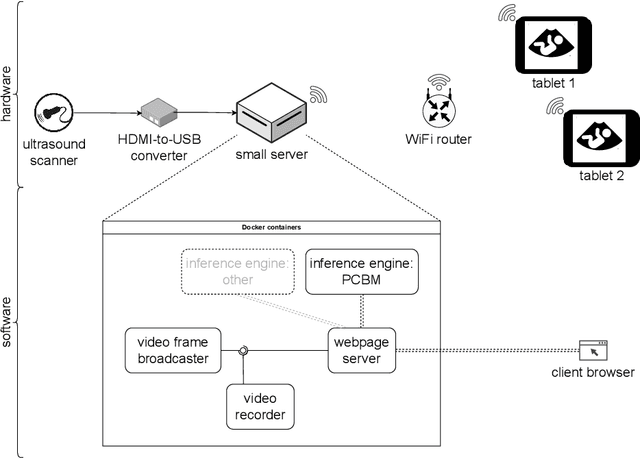

Abstract:Despite the rapid development of AI models in medical image analysis, their validation in real-world clinical settings remains limited. To address this, we introduce a generic framework designed for deploying image-based AI models in such settings. Using this framework, we deployed a trained model for fetal ultrasound standard plane detection, and evaluated it in real-time sessions with both novice and expert users. Feedback from these sessions revealed that while the model offers potential benefits to medical practitioners, the need for navigational guidance was identified as a key area for improvement. These findings underscore the importance of early deployment of AI models in real-world settings, leading to insights that can guide the refinement of the model and system based on actual user feedback.
Learning semantic image quality for fetal ultrasound from noisy ranking annotation
Feb 13, 2024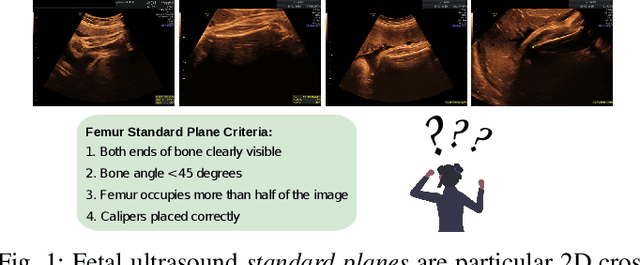
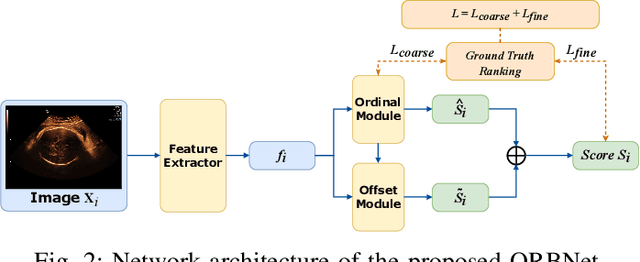
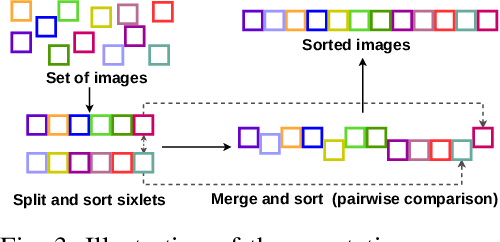

Abstract:We introduce the notion of semantic image quality for applications where image quality relies on semantic requirements. Working in fetal ultrasound, where ranking is challenging and annotations are noisy, we design a robust coarse-to-fine model that ranks images based on their semantic image quality and endow our predicted rankings with an uncertainty estimate. To annotate rankings on training data, we design an efficient ranking annotation scheme based on the merge sort algorithm. Finally, we compare our ranking algorithm to a number of state-of-the-art ranking algorithms on a challenging fetal ultrasound quality assessment task, showing the superior performance of our method on the majority of rank correlation metrics.
An Automatic Guidance and Quality Assessment System for Doppler Imaging of Umbilical Artery
Apr 11, 2023Abstract:In fetal ultrasound screening, Doppler images on the umbilical artery (UA) are important for monitoring blood supply through the umbilical cord. However, to capture UA Doppler images, a number of steps need to be done correctly: placing the gate at a proper location in the ultrasound image to obtain blood flow waveforms, and judging the Doppler waveform quality. Both of these rely on the operator's experience. The shortage of experienced sonographers thus creates a demand for machine assistance. We propose an automatic system to fill this gap. Using a modified Faster R-CNN we obtain an algorithm that suggests Doppler flow gate locations. We subsequently assess the Doppler waveform quality. We validate the proposed system on 657 scans from a national ultrasound screening database. The experimental results demonstrate that our system is useful in guiding operators for UA Doppler image capture and quality assessment.
Training CNN Classifiers for Semantic Segmentation using Partially Annotated Images: with Application on Human Thigh and Calf MRI
Aug 16, 2020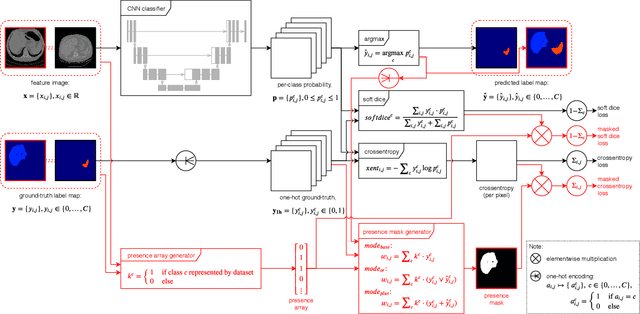
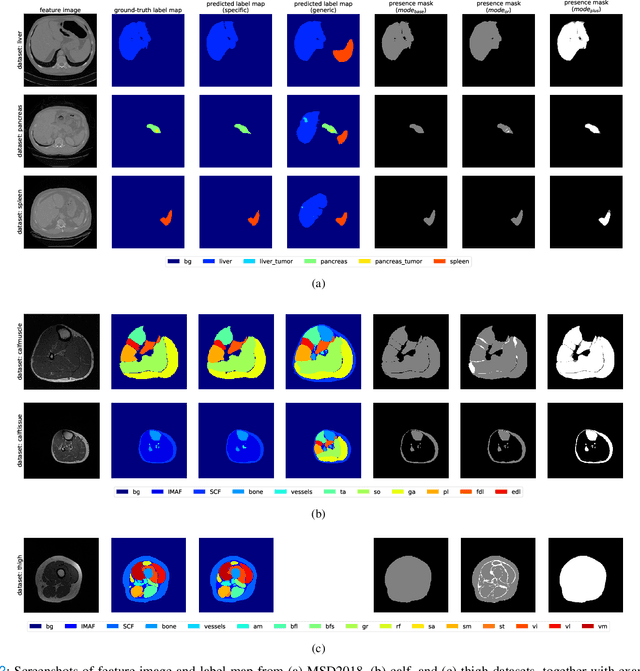

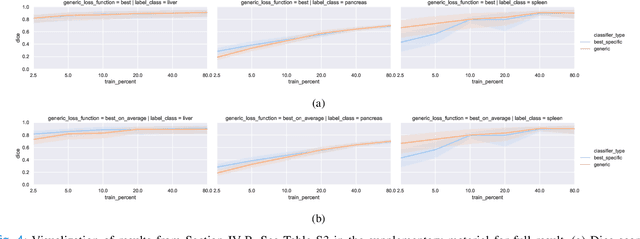
Abstract:Objective: Medical image datasets with pixel-level labels tend to have a limited number of organ or tissue label classes annotated, even when the images have wide anatomical coverage. With supervised learning, multiple classifiers are usually needed given these partially annotated datasets. In this work, we propose a set of strategies to train one single classifier in segmenting all label classes that are heterogeneously annotated across multiple datasets without moving into semi-supervised learning. Methods: Masks were first created from each label image through a process we termed presence masking. Three presence masking modes were evaluated, differing mainly in weightage assigned to the annotated and unannotated classes. These masks were then applied to the loss function during training to remove the influence of unannotated classes. Results: Evaluation against publicly available CT datasets shows that presence masking is a viable method for training class-generic classifiers. Our class-generic classifier can perform as well as multiple class-specific classifiers combined, while the training duration is similar to that required for one class-specific classifier. Furthermore, the class-generic classifier can outperform the class-specific classifiers when trained on smaller datasets. Finally, consistent results are observed from evaluations against human thigh and calf MRI datasets collected in-house. Conclusion: The evaluation outcomes show that presence masking is capable of significantly improving both training and inference efficiency across imaging modalities and anatomical regions. Improved performance may even be observed on small datasets. Significance: Presence masking strategies can reduce the computational resources and costs involved in manual medical image annotations. All codes are publicly available at https://github.com/wong-ck/DeepSegment.
 Add to Chrome
Add to Chrome Add to Firefox
Add to Firefox Add to Edge
Add to Edge